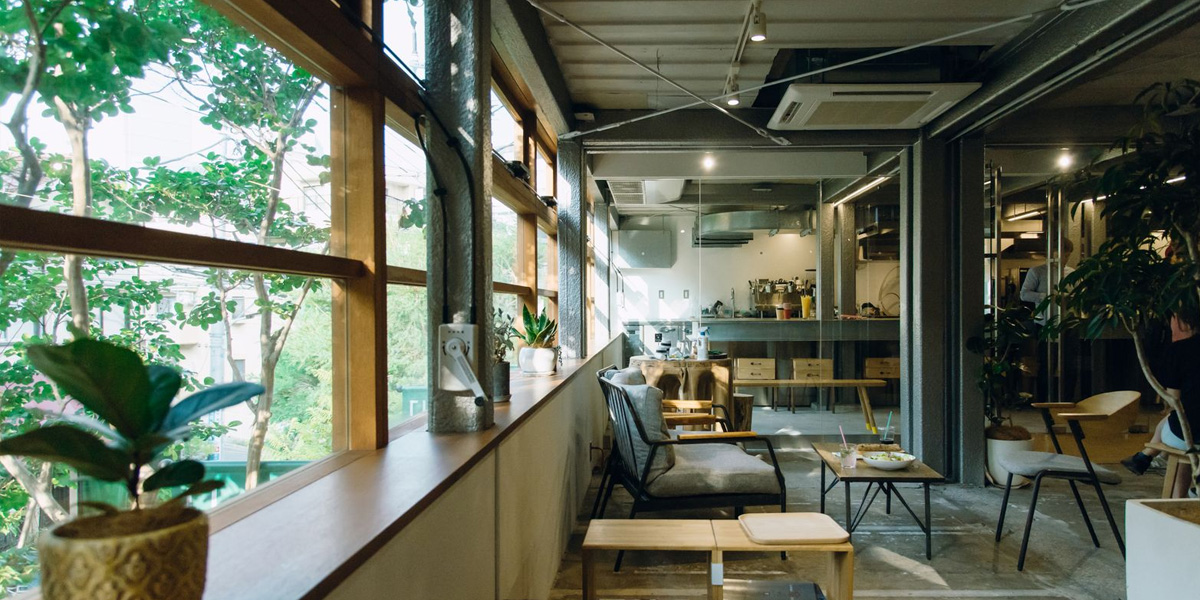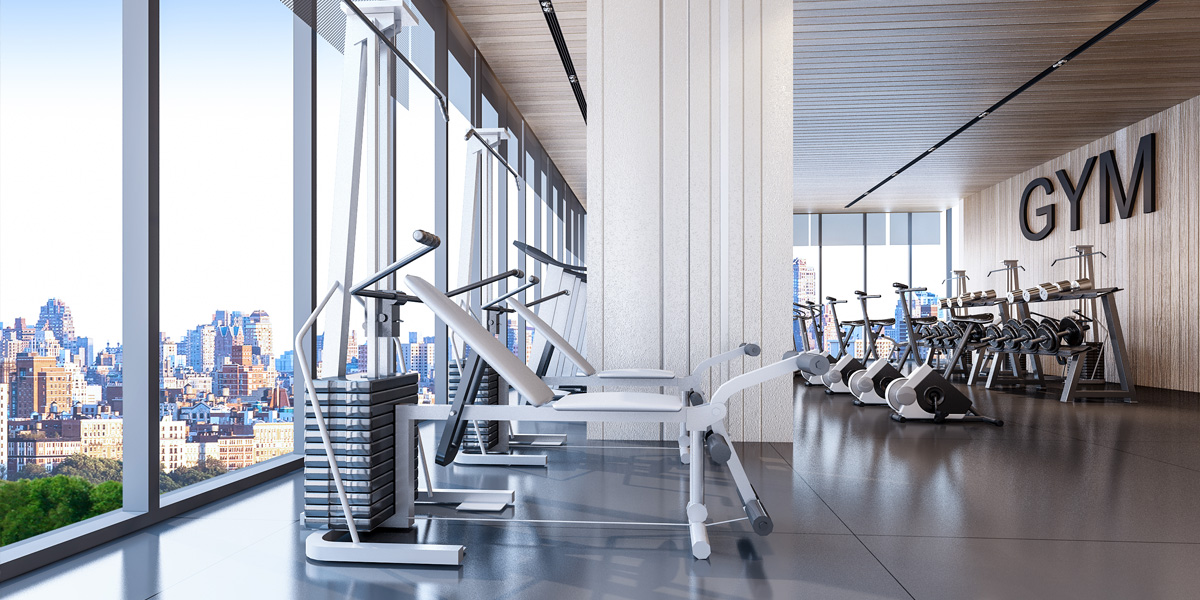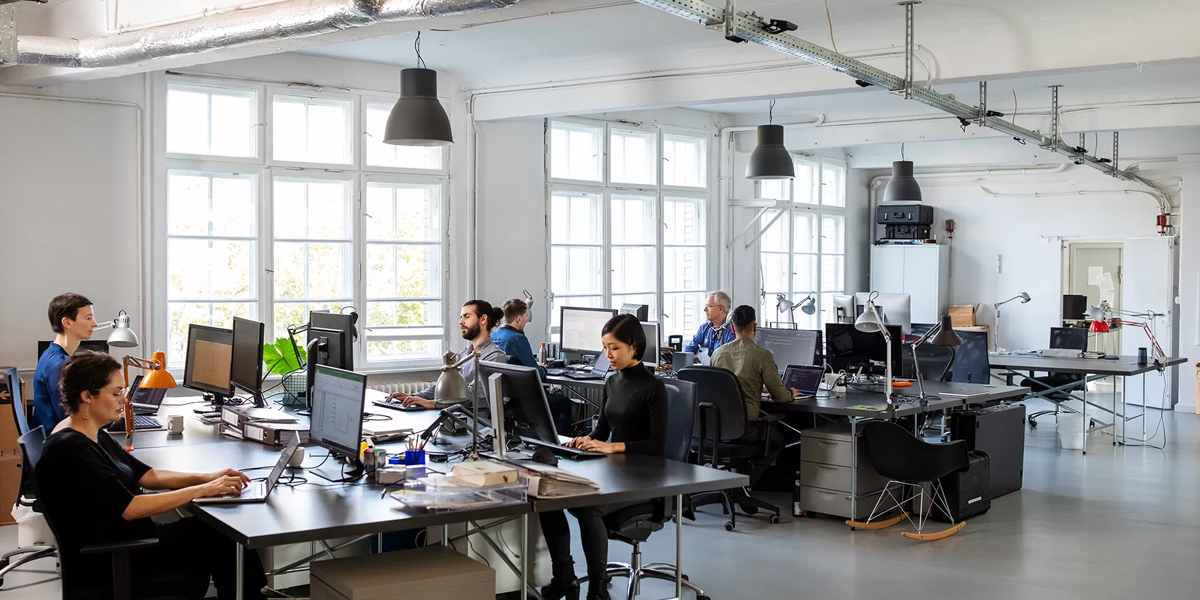Office Design Trends: Project Interiors Predictions for 2023
Office design trends have evolved considerably over the years, as businesses seek to optimize their workspaces for employee comfort, productivity, and well-being. The year 2023 is expected to witness significant changes in office design as companies respond to shifting work patterns, technological advancements, and changing employee expectations.
One of the key trends that will shape office design in 2023 is the adoption of hybrid work models. As remote work becomes more prevalent, offices will need to be designed to support both on-site and remote employees. This could include the integration of video conferencing technology, flexible workspaces, and virtual collaboration tools that facilitate communication and collaboration between team members regardless of their location.
Here’s our top 7 predictions for 2023 office design
Acoustic booths
Acoustic booths can be used for a variety of work activities, including video conferencing, phone calls, and focused work. Some models even come equipped with built-in lighting, power outlets, and USB ports, making them an all-in-one solution for remote work. They provide a private and quiet workspace that can help workers stay focused and productive. With their soundproofing capabilities, versatility, and mobility, acoustic booths are a must-have for anyone looking to optimize their work.
Enhanced use of natural light in the office
With mounting evidence suggesting that natural light can have a positive impact on employee well-being, productivity, and creativity, many companies are rethinking their office layouts to incorporate more natural light.
One way to enhance the use of natural light in the office is to incorporate large windows or skylights into the office design. This can provide an abundance of natural light, creating a bright and uplifting workspace. In addition, natural light can also help to reduce the need for artificial lighting, which can save on energy costs and reduce the carbon footprint of the office.
Another way to incorporate natural light is through the use of glass walls or partitions. This can help to create a sense of openness and transparency within the office while still providing natural light to flow through the space. Additionally, glass walls can also help to create a sense of collaboration and community among employees, which can improve teamwork and communication.
By incorporating large windows, skylights, glass walls, and other features that allow natural light to flow through the space, companies can create a bright and uplifting workspace that promotes a positive work environment. With the added benefits of reduced energy costs and a smaller carbon footprint, incorporating natural light into office design is a win-win for both employees and the environment.
Neurodiverse office design
With an increasing awareness of neurodiverse conditions such as ADHD, Dyslexia, and Autism, it’s more important than ever that offices are designed as neurodiverse-friendly workplaces.
According to ADHD Aware, up to 15 per cent of the population are now thought to be neurodiverse, meaning that they experience spaces, sounds, smells, lights and life in a different way.
Here’s some ways to create an office design which allows a diverse workforce with cognitive differences to thrive:
- Design different workspace options, so employees can choose the right environment, based on their work needs and sensory comfort. Include an area for quiet focused activity, a stimulating space for group work, plus a recharge zone, featuring low lighting, comfortable seating and calming music to retreat to in moments of sensory overload.
- Flickering lights and bright colours can be distressing for those with neurodiverse conditions such as ADHD, so choose office design which both maximises natural light and reflects light (shiny furniture and glossy surfaces). Include dimmable lighting options and artwork with easy-on-the-eye patterns.
- Neurodiverse employees may have tactile sensitivity so choose furniture materials that are plush and inviting in non-stimulating colours as well as natural materials such as wood.
- Movement can help people with attention disorders to focus, so height-adjustable and sit-stand desks are useful as well as ‘active furniture’ like rocking chairs.
- Wayfinding is important as it offers the neurodiverse a sense of security and control. Achieve this with repeated design features (which promote a reassuring feeling of familiarity) and clear, easy-to-follow signage.
Biophillic office design
The benefits of biophilic office design are numerous. Studies have shown that exposure to nature can reduce stress levels and increase feelings of well-being. Additionally, incorporating natural elements into the workspace can improve air quality, which can have a positive impact on employee health and cognitive performance.
Here’s our tips on how to incorporate biophillic design touches into your workspace:
- Keep employees in touch with the environment by installing green living walls, resplendent in verdant moss, lush vegetation or full-on blooms.
- Add plants judiciously to bring the outdoors in and remove toxins from the air, inspire creativity, reduce noise levels and offer seclusion. We like to install planting in overhead gantries and pots suspended from the ceiling.
- Mimic the positive effect of nature on employee wellbeing by incorporating authentic natural materials in office design such as wood, stone and bamboo.
- Recreate the sights, sounds and smells of nature with water features, fountains, fish tanks, aroma diffusers spritzing pleasant botanical scents, and plentiful natural light.
Smart offices
Smart offices are designed to be more intuitive and responsive to the needs of employees, and they incorporate the latest advances in technology to create a more connected and efficient workplace.
One key feature of smart offices is the use of Internet of Things (IoT) devices. These devices are connected to the internet and can communicate with each other, enabling them to gather data and respond to real-time information.
Intelligent technology, like Desk Booking, which allows staff to reserve workspaces efficiently and collect data on the way office spaces are being used. The use of sensors to monitor air quality, temperature, and natural light levels, which can be adjusted to improve the overall staff experience. Employees can also use smartphone apps to personalize their environment and adjust these levels according to their preferences.
Office design will adapt to support the continuing desire for flexible working providing excellent audio and visual access to video conferencing, whether staff are in the office, or working remotely.
Increased automation, from smart printers which automatically order new ink when running low to smart blinds that rise and fall around sunshine levels. And our personal preference, mobile app-controlled coffee machines)
Brand showcasing in office design
Brand showcasing in office design is becoming increasingly popular as companies recognize the importance of branding in creating a positive and memorable impression on employees, clients, and visitors.
The office, its walls, fabrics and furnishing, will tell the story of the brand, its purpose and ethos. Here’s how:
- Showcase the brand in high-traffic areas like the office reception by incorporating company colours into eye-catching furniture, floor mosaics, custom-made rugs or curtains.
- Display your logo in a way that visitors will be able to spy from outside, and add a sense of drama with some backlighting.
- Incorporate your branding into staff breakout spaces via arty pictures of your company produce or add empowering business slogans to walls.
Wellness rooms at work
A wellness room is a dedicated space where employees can take a break from their workday to relax, meditate, exercise, or simply recharge their batteries.
The design of wellness rooms is typically focused on creating a calming and soothing environment that promotes relaxation and stress reduction. This can be achieved through the use of natural materials, soft lighting, and comfortable furniture. Soundproofing is also important to ensure that the space is quiet and free from distractions.
Conclusion
Office design trends are constantly evolving, and 2023 is set to be an exciting year for new developments in this field. From the adoption of hybrid work models and biophilic design to sustainability, wellness features, and advanced technology, businesses will need to stay abreast of the latest trends to create a workplace that meets the needs of their employees and supports their organizational goals.





